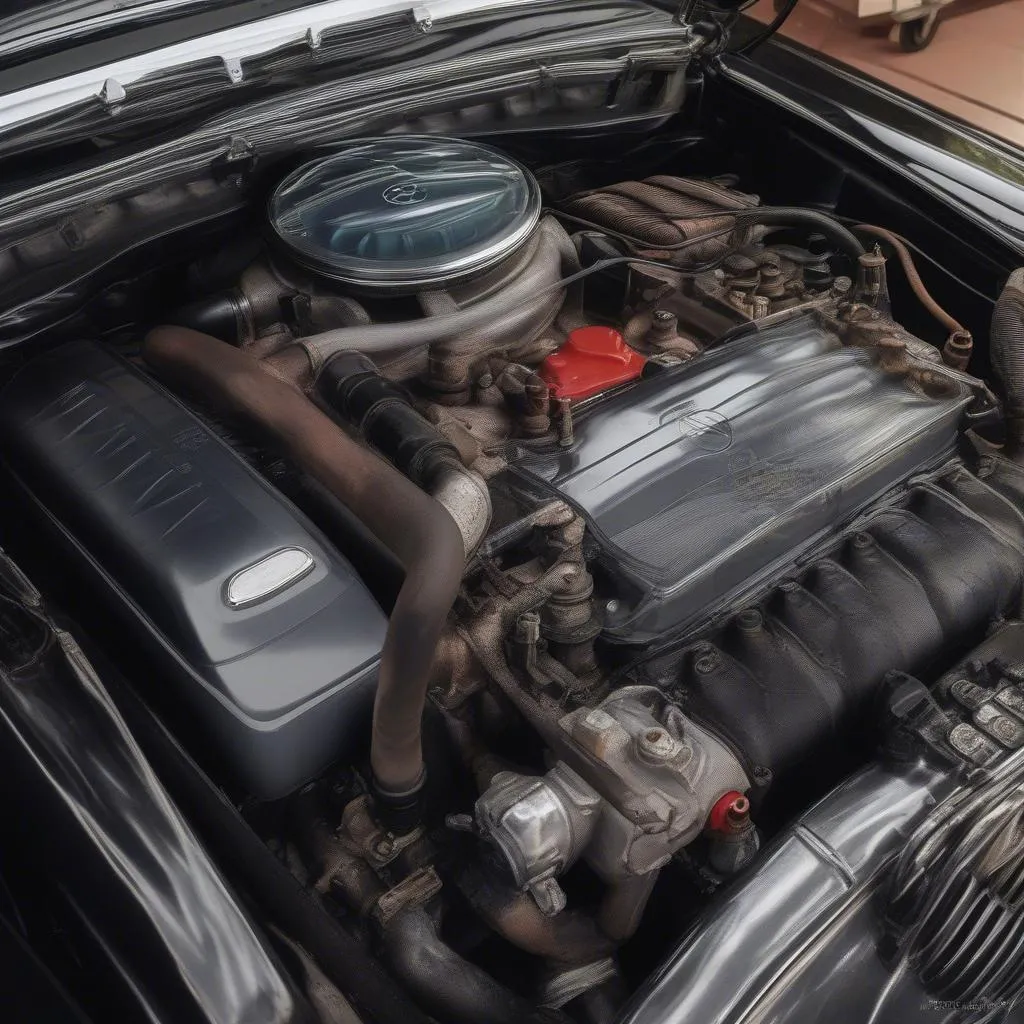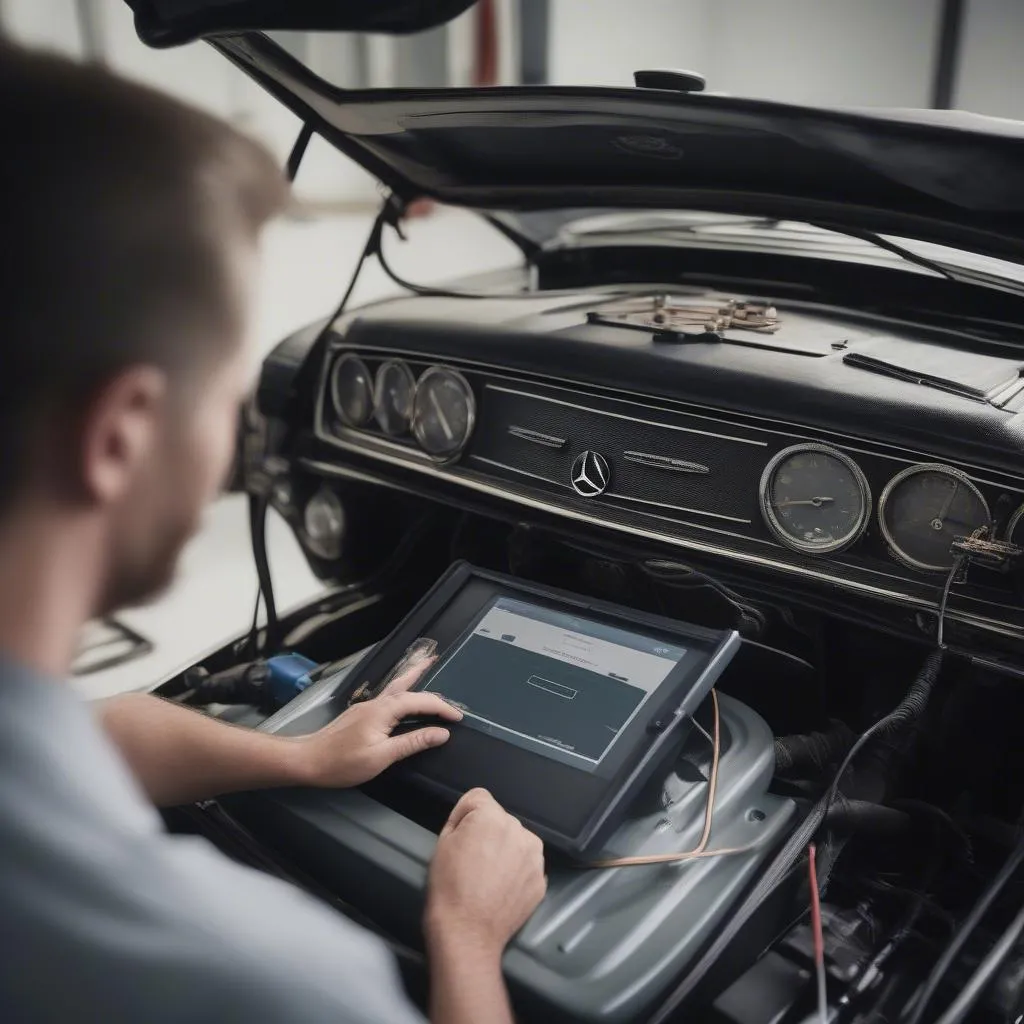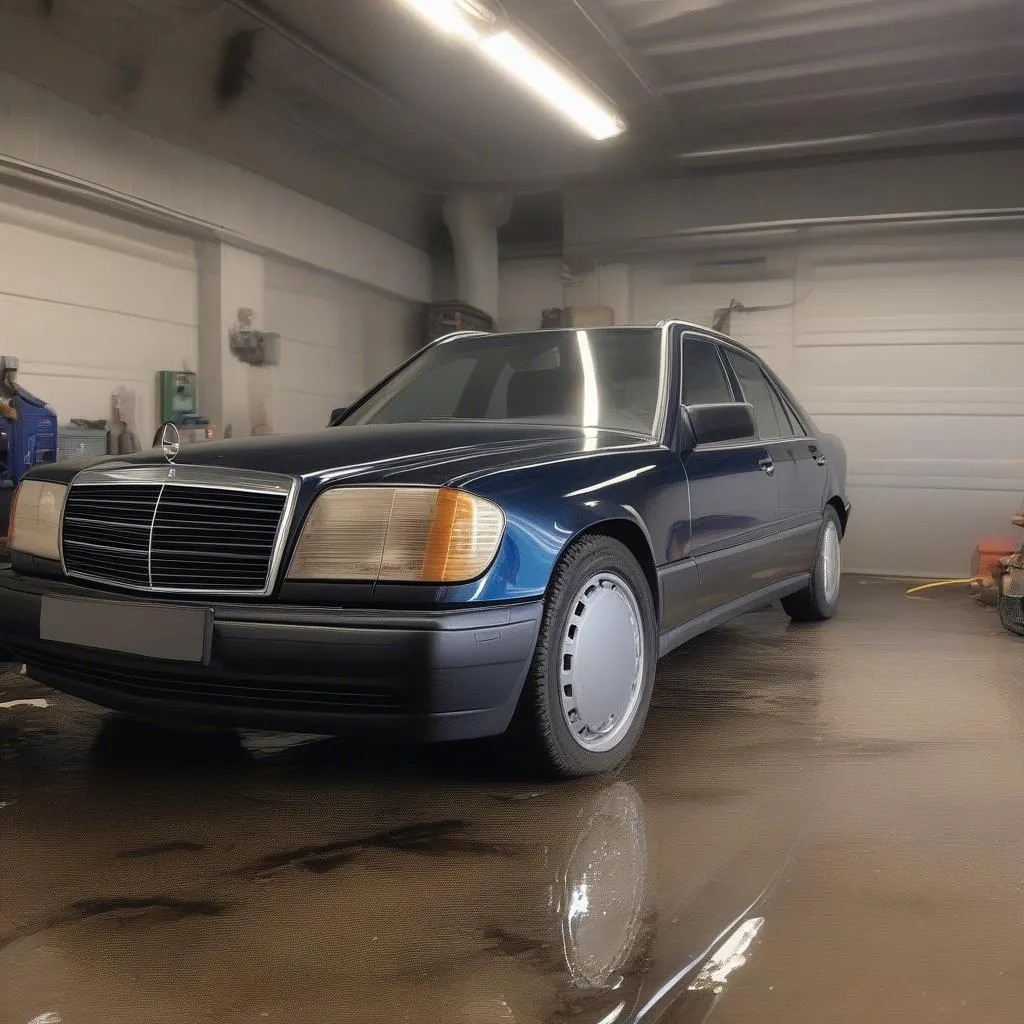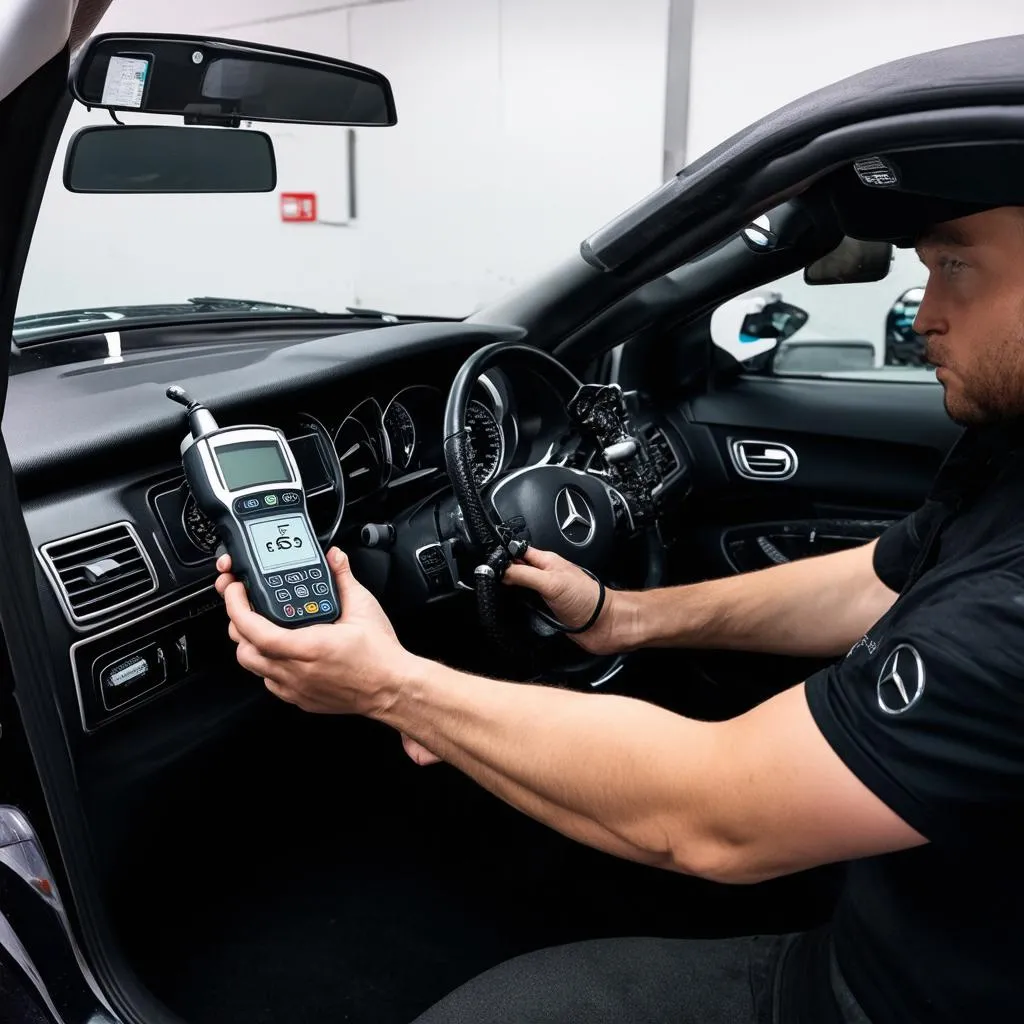The 1966 Mercedes Benz 250 SEC, a classic beauty known for its elegance and performance, can sometimes present challenges with its vacuum system. A faulty vacuum system can lead to a range of issues, from sluggish performance to malfunctioning accessories. But fear not, with a little patience and this guide, you can diagnose and repair the vacuum system in your prized Mercedes.
Understanding the Vacuum System
The vacuum system in your 1966 250 SEC is responsible for powering several crucial components, including:
- Door locks: The central locking system relies on vacuum pressure to lock and unlock the doors.
- Headlight doors: These iconic pop-up headlights operate using vacuum actuators.
- Climate control: The heating and ventilation system uses vacuum to control various flaps and vents.
- Braking system: The brake booster utilizes vacuum pressure to assist in braking effort.
Identifying Vacuum Leaks and Issues
A telltale sign of a vacuum leak is a hissing sound coming from the engine bay. Other symptoms include:
- Doors locking slowly or not at all.
- Headlights failing to open or close properly.
- Weak or inconsistent braking.
- Hissing sound from the dashboard or engine compartment.
Tools of the Trade
Before you begin, gather these essential tools:
- Vacuum pump: Used to test vacuum pressure and identify leaks.
- Vacuum hose kit: Having a variety of hoses on hand will be helpful for replacing damaged lines.
- Hose clamps: Essential for securing vacuum hoses to fittings.
- Screwdrivers and pliers: For accessing and tightening various components.
Troubleshooting and Repair
1. Inspecting the Vacuum Lines:
Begin by visually inspecting all vacuum lines for cracks, splits, or loose connections. Pay close attention to areas where hoses route near heat sources or moving parts.
2. Testing Vacuum Pressure:
Connect a vacuum gauge to the intake manifold to check the overall vacuum pressure. The reading should be steady, typically between 18-22 inHg. A fluctuating or low reading indicates a leak.
3. Isolating the Leak:
With the engine running, carefully spray a small amount of carburetor cleaner around suspected leak points. A change in engine idle or vacuum pressure indicates a leak in that area.
4. Replacing Vacuum Hoses:
Use a pair of pliers to loosen and remove hose clamps. Carefully slide the old hose off the fitting and replace it with a new hose of the same size and length. Secure the hose with a new clamp.
5. Checking Vacuum Actuators:
If a specific component, such as the headlight doors or door locks, is malfunctioning, check the corresponding vacuum actuator for leaks or damage. Replace the actuator if necessary.
 Mercedes 250 SEC vacuum lines
Mercedes 250 SEC vacuum lines
Frequently Asked Questions
Q: Can I use generic vacuum hoses for my Mercedes?
While generic hoses might seem tempting, it’s best to use OEM or high-quality hoses specifically designed for automotive vacuum systems. This ensures proper fit, durability, and resistance to heat and chemicals.
Q: My brake pedal feels spongy, could this be related to the vacuum system?
Yes, a faulty brake booster, which relies on vacuum pressure, can cause a spongy brake pedal. Inspect the booster’s vacuum line and the booster itself for any leaks or damage.
Q: I’m having trouble diagnosing a complex vacuum leak. Are there any diagnostic tools available?
Modern automotive diagnostic scanners, such as those offered by CARDIAGTECH, can often read engine data related to vacuum pressure and may help pinpoint leaks.
 Car diagnostic scanner
Car diagnostic scanner
A Final Word
“Maintaining the vacuum system on these older Mercedes models is crucial,” says Hans Gruber, a seasoned Mercedes mechanic and author of “Star Maintenance.” “A well-maintained vacuum system ensures optimal performance and preserves the functionality of those unique features that make these cars so special.”
By following this guide and addressing any vacuum system issues promptly, you can keep your 1966 Mercedes Benz 250 SEC running smoothly and enjoy the classic driving experience it offers for years to come.


